Next generation CX
Post-COVID, consumers will demand integrated experience from every business. How will these new experiences be built and delivered?


Creating an engaging and entertaining experience each time a customer interacts with a brand or business is something that has been almost constantly evolving. As the post-COVID trading landscape begins to take shape, it’s becoming increasingly clear that CX will be at the centre of every interaction. Where the omnichannel has proven its value, the next evolution of these systems will be to create high levels of CX.
Understanding what constitutes world-class CX that delivers tangible commercial results, should be high on the agendas of all enterprises as they re-shape their digital development roadmaps, as great CX has a clear technology foundation.
Felicity Bell, head of delight at vegan meal delivery service allplants, outlines the company’s approach to CX. “When we launched in 2017, we put a premium on customer service, calling our agents ‘delighters’ and making customer delight a core tenet of our brand,” she explains. “We try to take a really relatable approach to our customers. To achieve this, we moved away from traditional ticketing software to offer a more conversational and engaging approach to customer service, giving us the tools to react to changing consumer behaviours.”
Great CX relies upon masses of customer data being collected and analysed. Here, it’s critical for businesses to ensure they have robust data security. Consumers will reveal personal information if they are confident that data is safe and delivers real value to them. However, many customers are suspicious of companies’ motives when it comes to data collection. The value exchange of information for new beneficial experiences is still a work in progress for some businesses and market sectors.
“The imperative for brands to be almost ‘mind readers’; anticipating their customers’ needs even before the customer is in full awareness of them,” says Daryn Mason, writer, consultant and CX speaker. “This has to be balanced with not being seen as ‘creepy’ or stepping outside the regulatory frameworks such as GDPR, CCPA, etc. Also, brands need to be increasingly innovative in generating relevant content to keep customers engaged when not actively buying.”
Experiences reinvented
How businesses communicate with their customers has been transforming over the past year. Richard Love, senior director at Deloitte Digital, tells IT Pro that creating great content is a tried and tested method to greater CX. “The average time people spend looking at a mobile advert is 1.5 seconds. Therefore, in a crowded marketplace content is critically important in differentiating the brand from the competition. More importantly it can help build trust with customers. If they find the content engaging and valuable, then customers will start to think the same thing about the business.”
A clear trend with CX is more automation. The rise of artificial intelligence (AI) has delivered a number of tools that can be used to enhance CX. Services such as chatbots are becoming common, but next-generation CX needs to be more sophisticated and integrated across all the channels a customer might use to interact with a business. Intelligent and importantly, productive engagement with each customer is the endgame here.
Get the ITPro daily newsletter
Sign up today and you will receive a free copy of our Future Focus 2025 report - the leading guidance on AI, cybersecurity and other IT challenges as per 700+ senior executives
Brian Atkinson, GM and VP EMEA at Five9, a call centre technology company, tells IT Pro how technology is improving the CX businesses can deliver to their customers. “Services such as AI, intelligent virtual agents (IVAs), digital engagement channels, and other tools help organisations provide consumers with 24/7 self-service capabilities. IVAs, for example, are one of the newest kinds of customer experience technologies that are able to manage demand in ways almost indistinguishable from a human agent.”
Bell also highlights the importance of automation in delivering great CX, saying: “Since working with [software vendor] Dixa and investing in omnichannel channel support software, handling of our customer queries has been reduced by 2-3 minutes per query, while our live chat response time has been reduced by 70%. Automatic prioritisation has also been crucial to improving our agent experience. AI that routes the most important conversations straight to an agent not only improves the customer experience but also saves agents critical time.”
RELATED RESOURCE
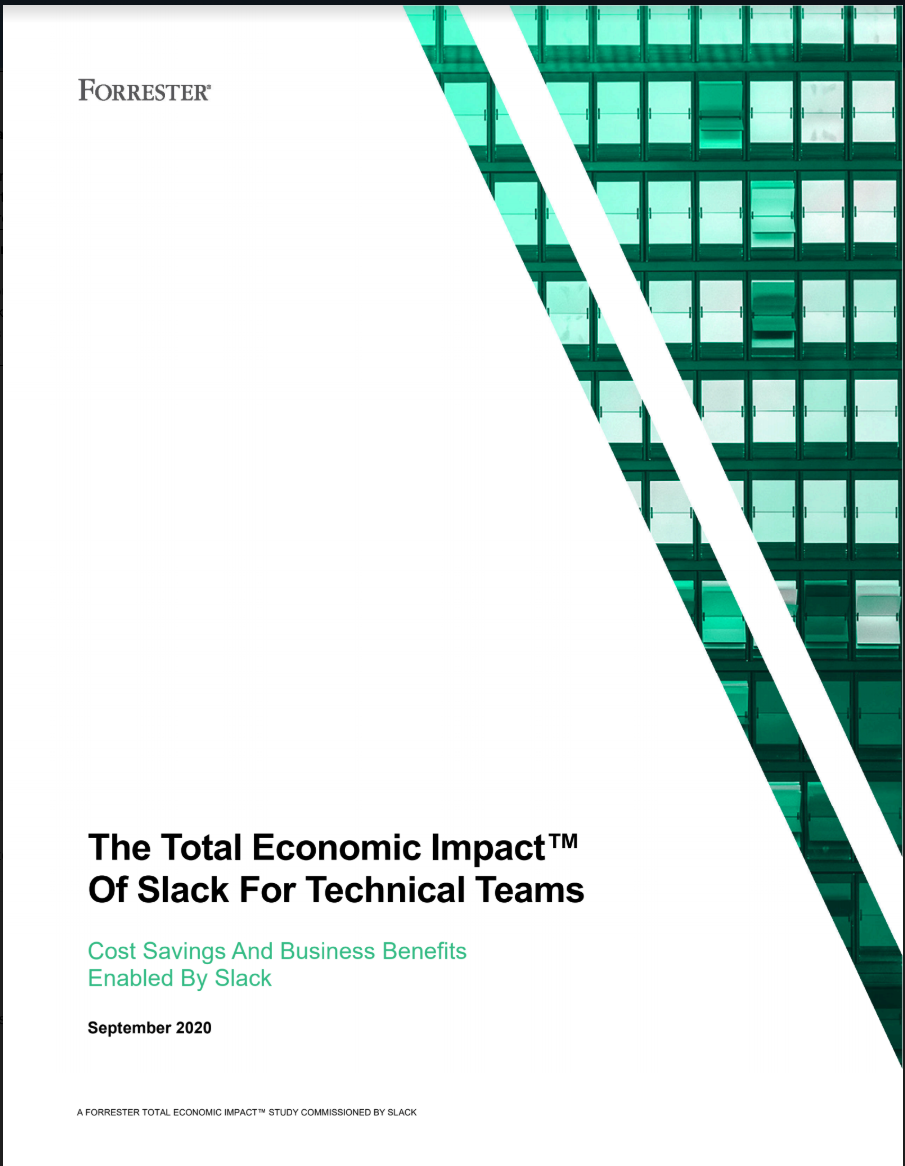
The total economic impact of Slack for technical teams
Cost savings and business benefits enabled by Slack
Many businesses make the mistake of believing CX is more sophisticated customer relationship management (CRM) and Enterprise Resource Planning (ERP), when the real drivers should be how personal connections and communications are developed and managed with individual customers. CRM can help, but it’s the emotional and psychological connections that will deliver brand loyalty and advocacy.
One of the clear trends in CX development is to move consumer behaviour from the passive to the active. When customers can participate, the levels of brand awareness and interactivity increase. Here, the insights that data can deliver shape what these individual experiences look like and how they are delivered to the customer.
New omni-experiences
The connected customer who uses multiple digital channels to connect with the brands and businesses they want to buy from, is driving the evolution of CX. As the pandemic deepened, Starbucks, for instance, rapidly developed a ticketing system for customers, it’s app for drive-through convenience and quickly connected with delivery services such as Uber Eats. Together, these initiatives drove high CX that has helped the business weather the pandemic storm better than others in their sector.
As many of the experiences businesses will need to build to remain attractive and relevant to their customers will be digital, ensuring an enterprise’s systems are ready to deliver these experiences is vital. In its 2020 Digital Transformation Trends report, Adobe found that only 13% of C-suite respondents say that their marketing and CX technology is highly integrated, highlighting the need for further investment. This must change to ensure every business is building engaging CX – and fast.
Mason concludes that in many cases, a company has one chance to make a great first impression. “Through CX journey mapping, organisations can identify the ‘moments that matter’ in customer relationships. Where a business gets one chance to get its response right. Technology is getting increasingly accurate at identifying customer sentiment and knowing when to escalate a situation for human intervention. Artificial intelligence and machine learning can continually hone a business' response to ensure it is both appropriate and relevant to a customer’s needs at any moment.”
Scott McCulloch, CEO of The Vegan Kind, gives an example of how this might work, saying: “Great CX is built upon intelligent insights and tools which allow you to craft an enjoyable customer journey. Partnering with [customer review platform] Feefo has allowed us to use their smart tools to go into customer data and draw out the things which are most important to our customers. Then making our website headless has allowed us to step up our website development, and by extension our CX, to create a journey tailored to our audience.”
Ultimately, CX is about understanding each customer. If a company can understand what is driving someone to their business or brand, these insights form the foundation of CX. Consumers don’t just want efficient websites and checkout, they want to connect with a brand and offer their loyalty in exchange for innovative experiences each time they interact.
David Howell is a freelance writer, journalist, broadcaster and content creator helping enterprises communicate.
Focussing on business and technology, he has a particular interest in how enterprises are using technology to connect with their customers using AI, VR and mobile innovation.
His work over the past 30 years has appeared in the national press and a diverse range of business and technology publications. You can follow David on LinkedIn.
-
 Should AI PCs be part of your next hardware refresh?
Should AI PCs be part of your next hardware refresh?AI PCs are fast becoming a business staple and a surefire way to future-proof your business
By Bobby Hellard
-
 Westcon-Comstor and Vectra AI launch brace of new channel initiatives
Westcon-Comstor and Vectra AI launch brace of new channel initiativesNews Westcon-Comstor and Vectra AI have announced the launch of two new channel growth initiatives focused on the managed security service provider (MSSP) space and AWS Marketplace.
By Daniel Todd
-
 The newest approach: Stopping bots without CAPTCHAs
The newest approach: Stopping bots without CAPTCHAsWhitepaper Reducing friction for improved online customer experiences
By ITPro
-
 Build mobile and web apps faster
Build mobile and web apps fasterWhitepaper Three proven tips to accelerate modern app development
By ITPro
-
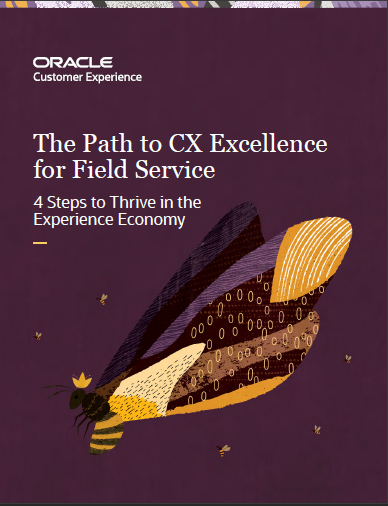 The path to CX excellence
The path to CX excellenceWhitepaper Four stages to thrive in the experience economy
By ITPro
-
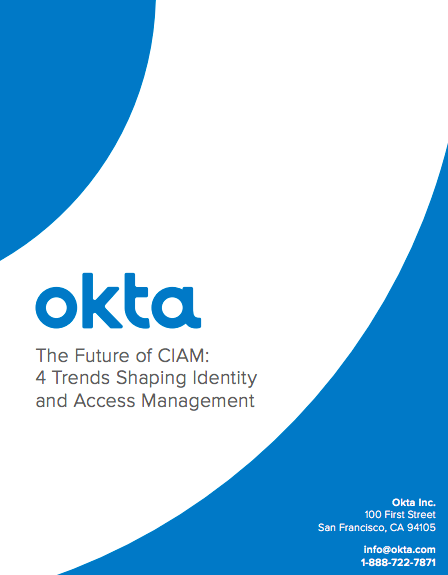 The future of CIAM
The future of CIAMWhitepaper Four trends shaping identity and access management
By ITPro
-
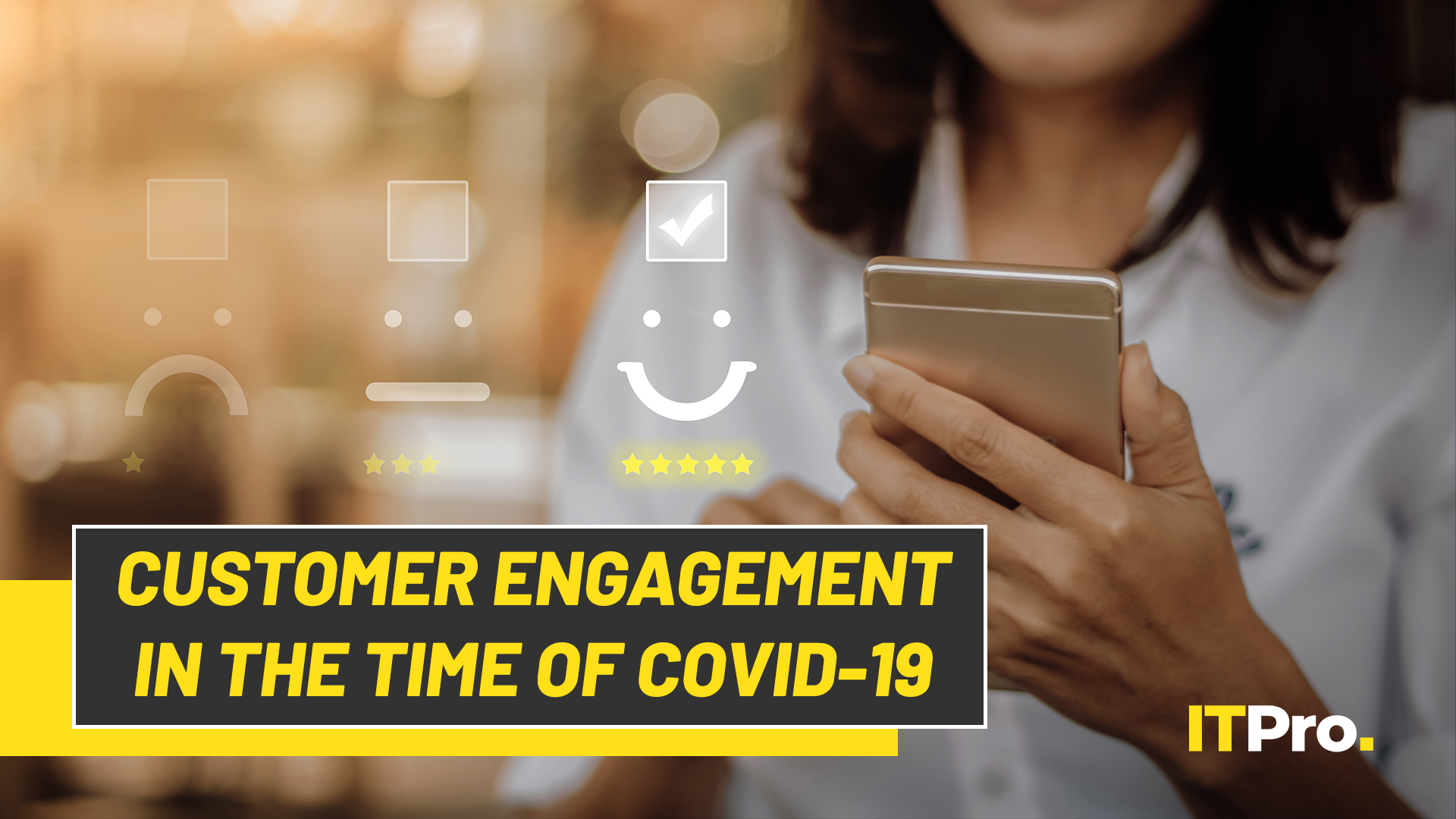 IT Pro Live: Customer engagement in the time of COVID-19
IT Pro Live: Customer engagement in the time of COVID-19Sponsored How has coronavirus changed how companies interact with their clients?
By IT Pro
-
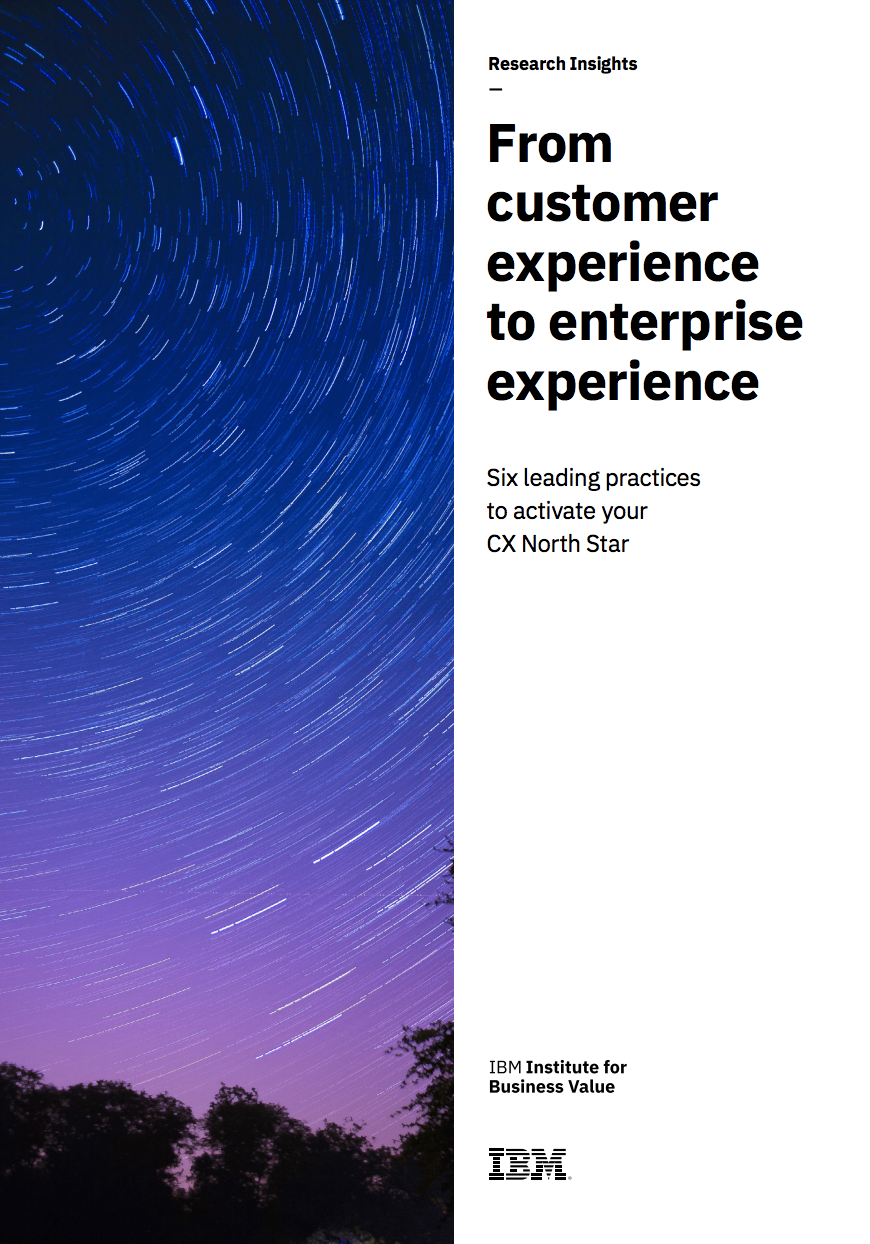 From customer experience to enterprise experience
From customer experience to enterprise experienceWhitepaper Six leading steps to activate your CX North Star
By ITPro
-
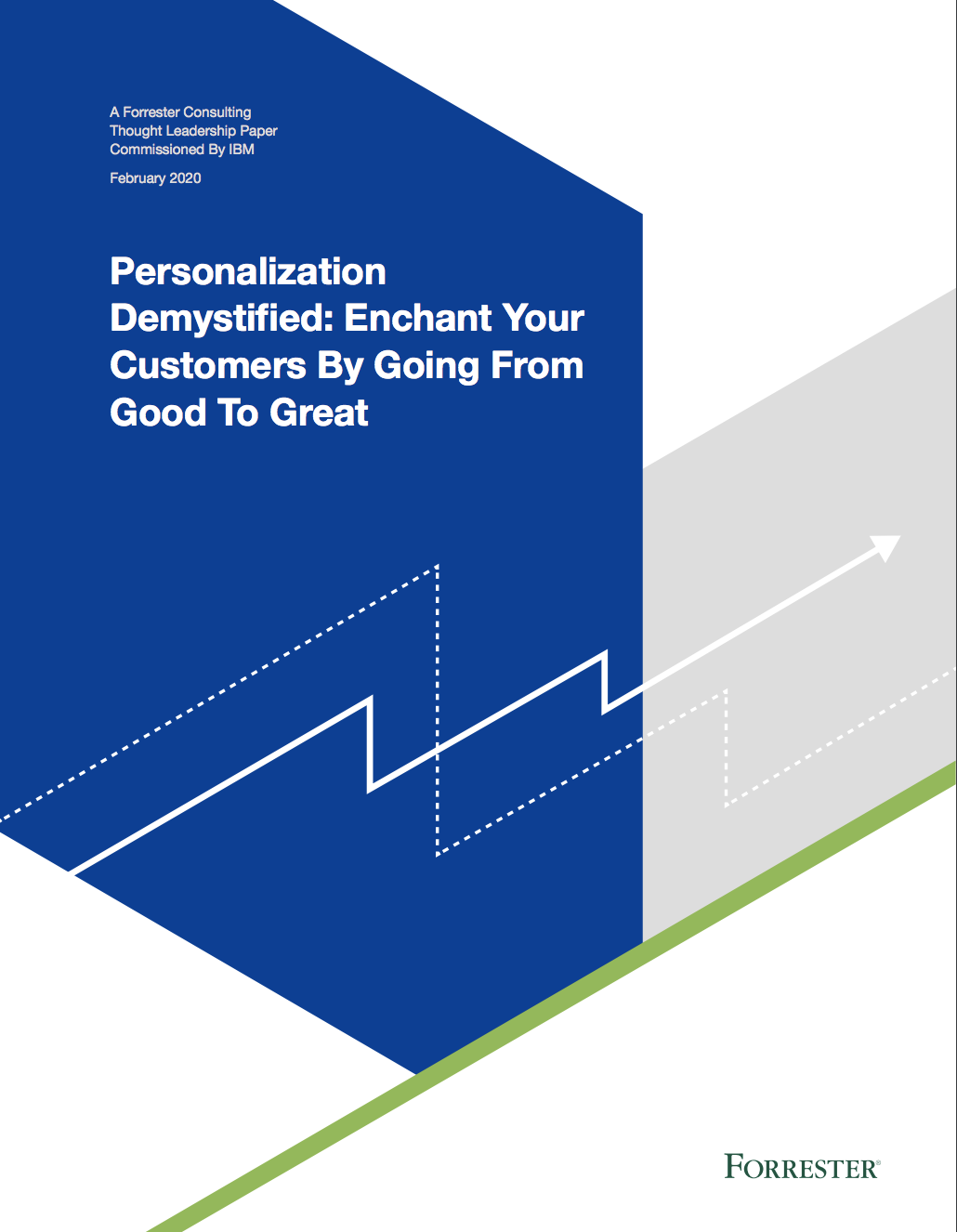 Personalisation demystified
Personalisation demystifiedWhitepaper Enchant your customers by going from good to great
By ITPro
-
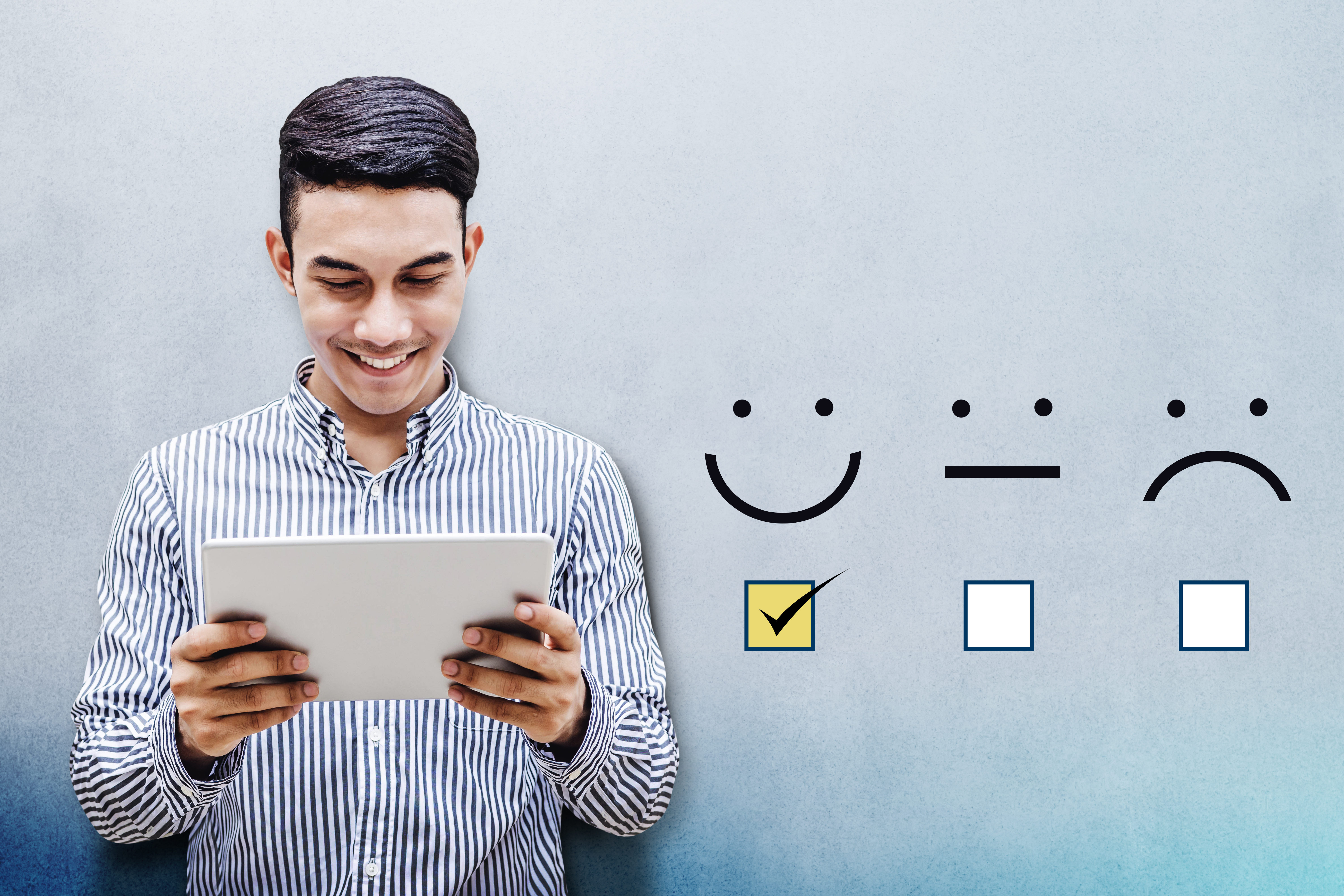 Why customer experience is a top opportunity for growth
Why customer experience is a top opportunity for growthAnalysis To achieve CX objectives in 2021, the right mix of technology and personnel must be in place
By Zach Cooper